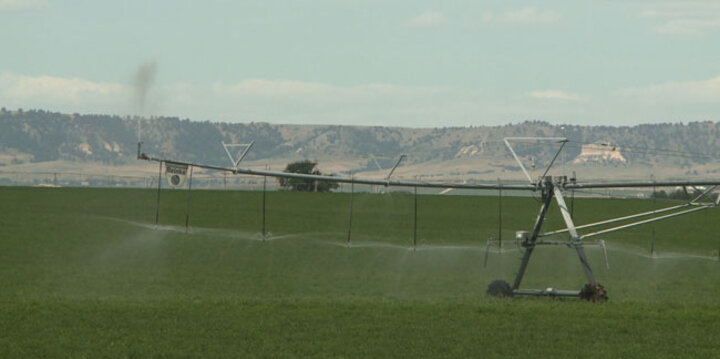
March 6, 2015
When a forage stand fails, it's expensive. It costs more money to reseed the stand and lost production from today's high value land adds up quickly. Before planting alfalfa, grass, or other forages this spring, take the steps needed to provide the best chance for successful establishment.
The following steps may vary a little from farm to farm and field to field, but will apply to most fields:
- First, make sure the field is suitable for whatever you intend to plant. Seeding alfalfa in an area that frequently gets flooded or has standing water is not likely to produce long-term success. Next, soil test and add recommended fertilizer and lime before planting.
- Next is one of the most important steps: Prepare a firm seedbed. Walk across the field before planting. You should sink no deeper than the soles of your shoes or boots. Bounce a basketball on your seedbed. If the ball won't bounce back up, your seedbed is to too soft. Firm it some more with a flat harrow, roller, or maybe an irrigation.
- One of the most common causes of poor forage stands is planting too deep. Most forage seeds are very small and should be planted no more than one-fourth to one-half inch deep on heavy or fine textured soils or one-half to one inch deep on sands or coarse textured soils.
- Lastly, control weeds. Tillage during seedbed preparation, burndown herbicides before planting, preplant incorporated herbicides, postemergence herbicides, and even mowing are all possible methods.
Bruce Anderson
Extension Forage Specialist
